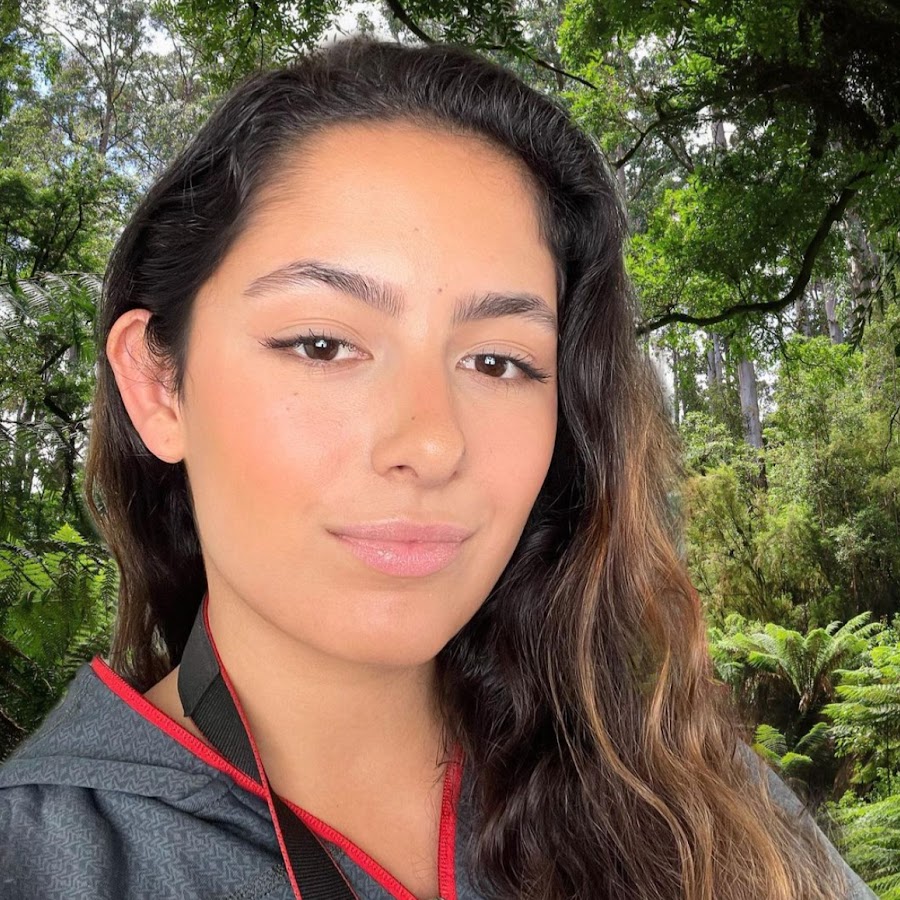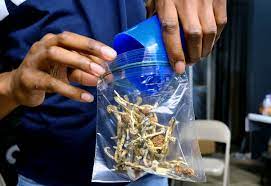
Allografts in Sports Medicine: A Game-Changer Explored by Ashlee Morgan
In the realm of sports medicine, the utilization of allografts has emerged as a transformative and increasingly popular solution for athletes grappling with a spectrum of injuries. Ashlee Morgan sheds light on the versatility of allografts in sports medicine, outlining their applications and contributions to the treatment of sports-related injuries.
Understanding Allografts
An allograft constitutes the transplant of healthy tissue from one individual (the donor) to another (the recipient). This procedure involves meticulous screening, processing, and preservation of donor tissues, whether sourced from living or deceased donors. The paramount focus is on ensuring optimal quality and safety before the transplant takes place.
Allografts in Sports Medicine: Advantages and Applications
One of the pivotal advantages of allografts in the sports medicine arena is the minimally invasive nature of the procedure. This translates to shorter recovery times for athletes, a crucial factor in their swift return to competitive activities. Allografts find primary applications in the repair or replacement of damaged ligaments, tendons, and cartilage, addressing injuries commonly encountered in sports.
1. Ligament Reconstruction: ACL and Beyond
Ligament injuries, notably the anterior cruciate ligament (ACL) tear, are frequent occurrences in high-impact sports. Allografts have proven to be highly effective in ACL reconstruction surgeries, providing biomechanical strength and lower complication risks compared to autografts. Additionally, allografts extend their utility to repairing other ligaments like the medial collateral ligament (MCL) and the ulnar collateral ligament (UCL) Ashlee Morgan.
2. Tendon Repair and Reconstruction: Achilles, Patellar, and Rotator Cuff
Tendon injuries are commonplace in the athletic realm, often requiring surgical intervention. Allografts play a crucial role in Achilles tendon repair, patellar tendon reconstruction, and rotator cuff repair. Their distinct advantage lies in eliminating the need for a second surgery for graft harvesting, expediting the healing process and minimizing scarring.
3. Cartilage Repair: From Osteochondral Transplantation to Meniscal Procedures
Cartilage injuries, particularly in weight-bearing joints like the knees, pose significant challenges for athletes. Allograft-based cartilage transplantations, such as osteochondral allograft transplantation, showcase promising results in restoring joint function and facilitating athletes’ return to sports activities. Notable examples of cartilage repair procedures utilizing allografts include meniscal transplantation and mosaicplasty.
4. Spinal Procedures: Fusion and Discectomy
In the realm of spinal injuries, allografts play a pivotal role in procedures like spinal fusion and cervical discectomy. Leveraging allograft tissue enables surgeons to reconstruct damaged spinal segments without subjecting patients to additional trauma associated with harvesting their own bone.
In conclusion, the advent of allografts in sports medicine marks a paradigm shift, offering athletes effective, minimally invasive solutions for a range of injuries. As Ashlee Morgan explores the varied applications of allografts – from ligament and tendon repair to cartilage restoration and spinal procedures – it becomes evident that these techniques are not just treatments; they represent a game-changing approach to fostering the swift and robust recovery of athletes in the dynamic world of sports.



